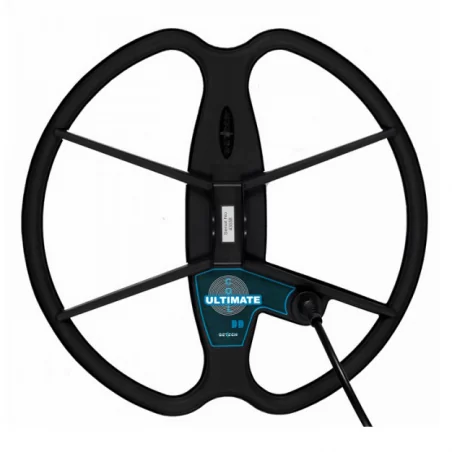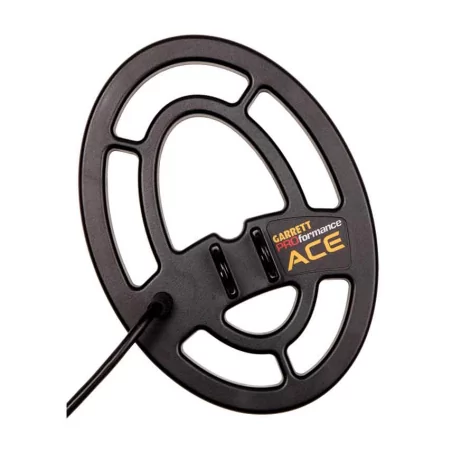Here's another myth to debunk: " DoubleD couls always go shallower than Concentric ones! "
FALSE!
First of all I’d like to explain why the coils are called DD and Concentric and what their differences are.
The DD or Double D coils,are characterized by having a D-shaped Transmitting coil, next to a Receiving coil, also D-shaped, with an overlapping area.
This particular geometric conformation means that the "most sensitive" received electromagnetic field, the one that is able to detect a metal object, has a particular shape: it will be similar to a narrow ship's keel, with a very rounded bottom.
CONCENTRIC coils, on the other hand, usually have a round or oval transmitting coil on the outside and a receiver coil inside. They are CONCENTRIC with each other. Very often another transmitter coil (Bucking Coil) is also inserted with reverse polarity, to reduce disturbances, but this is somewhat out of today's discourse.
This type of coils, unlike DDs, generate a "most sensitive" electromagnetic field with a much larger volume and similar in shape to a cone with a rounded tip.
Returning to our myth, what is true is that, at the same size, a DD coil will produce a smaller volume of electromagnetic field compared to concentric coils, thus reaching lower "theoretical" depths.
This is true, at least if you carry out an air test or go hunting on non-mineralized soils.
Things will change when you are in the presence of ferrous, alcaline/saline or mixed mineralization.
Continue...
13" Ultimate DD
6.5"x9" PROformance
It is well known that these kind of soils will introduce a noticeable disturbance in the transmitted and received signal by the metal detector.
Mineralization, both saline and ferrous, tends to "deform" the electromagnetic field emitted by the detector coil, sometimes deceiving it and making the instrument produce false signals.
The larger the volume of the sensitive electromagnetic field, the greater the disturbance introduced by mineralization and, hence, the number and intensity of false signals.
In this case, very often, when using concentric coils that have, as already mentioned, a greater volume of electromagnetic field, we will be forced to greatly reduce sensitivity to avoid false signals and we will be losing several cm.
The particular shape of the electromagnetic field of DD, like a ship’s keel, much narrower than the pseudo-conical field of the concentrics, with therefore a smaller volume, causes DDs to be much less disturbed by mineralization.
This allows you to maintain high levels of sensitivity, often reaching higher depth levels than concentric ones.
We have therefore debunked the 5th MYTH of Metal Detecting!


